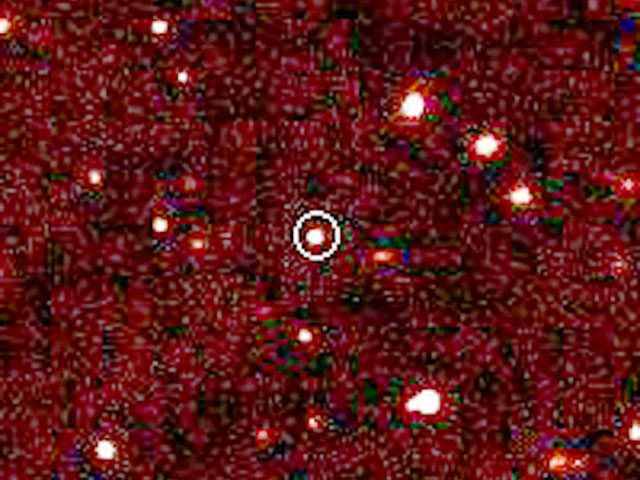
And does anyone know if the planet have any moons?
EDIT: July 31 APOD

As per request:booky wrote:Is it just me, or does anyone else resent the simplistic art of far distant hypothetical planets showing brightly lit night sides? I would be quite happy seeing a painting of a faint crescent and large black shadow against a starry background.
papiamento in his/her sig wrote:Light travels at 186,000 miles per second. Any faster would be dangerous.

Another star's satellite? That would be akin to walking on the street's of New York City and seeing another pedestrian twice as far from the city center as you and pondering whether that person might not really be a local London pedestrian.Kid wrote:It might well be another star satelite.
Huh, there you go. Leaving natural question (how could it get SO far out) aside, why do you think there would be such thing as an orbit, in that case? Why an object "caught" in that way can't be later "released", or "hi-jaked" by another star?orin stepanek wrote:There must be planets out there that may be so far out that they could be caught in orbit around two stars.
This is another way to put itEmpeda wrote:I found a good reference for the comparative distances/sizes at http://www.nineplanets.org:
Imagine Earth the size of a grape.
The moon would be a foot from the earth.
The sun would be 1.5m in diameter and 150 metres away.
Jupiter would be the size of a large grapefruit and be about 5 city blocks away.
Saturn (an orange!) - 10 blocks.
Uranus and Neptune (lemons) - 20 and 30 blocks.
A Human - the size of an atom.
The nearest star: 40,000 KILOMETERS AWAY.
Vast my friend.... vast.....